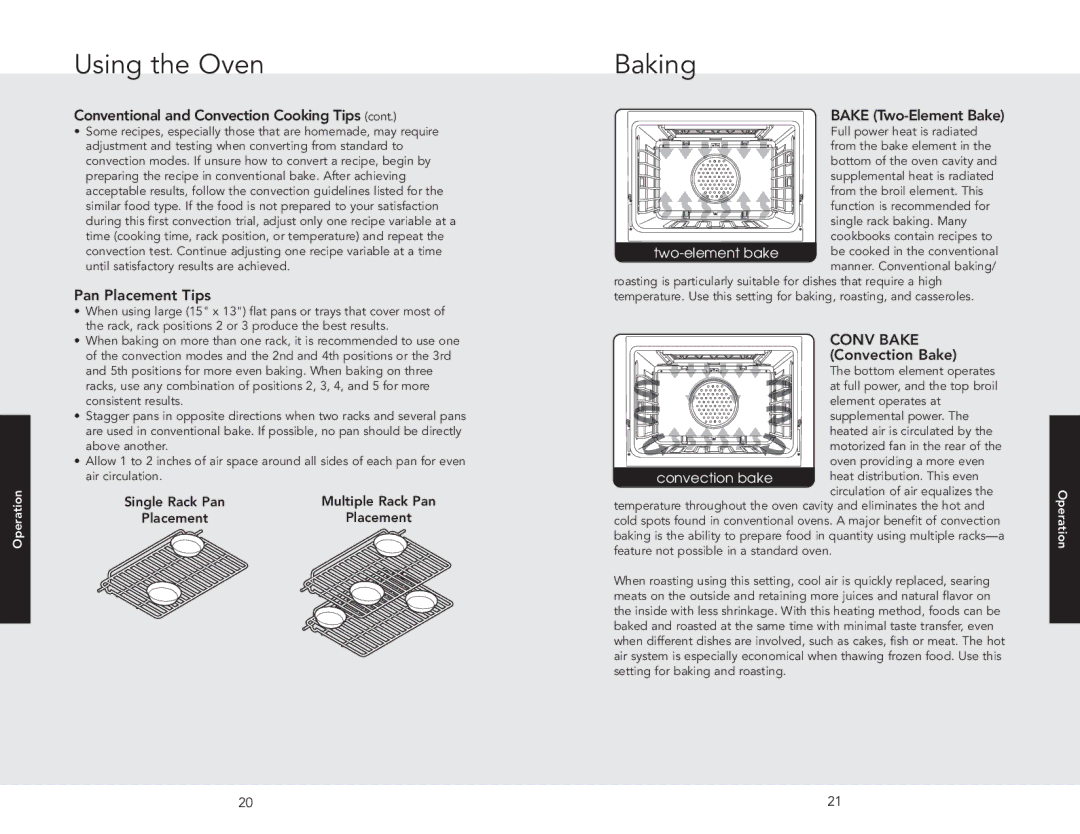F20507 specifications
The Viking F20507 is a remarkable innovation in the realm of modern marine technology, designed as a versatile solution for various applications, ranging from recreational boating to commercial use. This vessel stands out for its blend of performance, durability, and comfort, making it suitable for both seasoned mariners and those seeking leisure on the water.One of the main features of the Viking F20507 is its robust construction. The hull is made from high-grade, reinforced materials that ensure long-lasting strength and resilience against the harsh marine environment. This attention to durability not only enhances the vessel's lifespan but also ensures safety and reliability during voyages.
In terms of design, the F20507 boasts a well-thought-out layout that maximizes usable space. The cockpit is spacious and ergonomically designed, allowing for easy movement while providing ample seating for passengers. Additionally, the interior cabin is equipped with modern amenities, including comfortable sleeping quarters, a fully functional galley, and a well-appointed bathroom, making it an excellent choice for extended trips.
The Viking F20507 is also equipped with cutting-edge technology that enhances the overall boating experience. The vessel incorporates advanced navigation systems, including GPS and radar, providing users with precise location data and helping to ensure safe travels. Furthermore, integrated marine electronics allow for seamless integration with smartphones and other devices, enabling easy access to navigation apps and entertainment options.
Performance is another area where the F20507 excels. With a powerful engine configuration, the vessel provides impressive speed and agility on the water, making it ideal for both leisurely cruising and more dynamic activities, such as water sports. The hull design contributes to improved fuel efficiency, enabling long trips without the constant need for refueling, a feature appreciated by both recreational and commercial users.
In summary, the Viking F20507 is a versatile and capable vessel that combines cutting-edge technology with comfort and performance. Its robust construction, thoughtful design, and advanced navigation systems make it an appealing choice for anyone looking to explore the waterways, whether for leisure or work. With the Viking F20507, users can expect a reliable and enjoyable maritime experience that meets a range of boating needs.

